My dataframe:
I have to check if the value in each column matches a certain rule. For example:
- If column 'a' has a number, column 'b' has xx or yy, column 'c' has 1 or 2, and column 'd' has 0 -> then the output should be 'output1'
- It is not necessary that all columns should have rules. If a rule does not exist then it should simply ignore it. E.g., for 'output3', it does not matter what is there in column 'c'.
- If it does not match any rules, it should say 'no matches found'.
Since there are so many rules, I created a dictionary of regex rules as follows:
rules_dict =
{'output1': {'a': '^[0-9]*$',
'b': 'xx | yy',
'c': '^[1-2]*$',
'd': '0'},
'output2': {'a': '^[a-z]+$',
'b': 'xx | yy',
'c': '1',
'd': '0'},
'output3': {'a': '^[a-zA-Z0-9_.-]*$',
'b': 'xx | yy',
'd': '0'},
'output4': {'a': '^[0-9]*$',
'b': 'xx | yy',
'c': '^[1-2]*$',
'd': '0'}
}
The expected output:
I used the following PySpark script:
for out in rules_dict.keys():
for column, rule in rules_dict[out].items():
output_df = df.withColumn('output', F.when(df[column].rlike(rule), out).otherwise('no matches found'))
output_df.show()
But the output is:
P.S: I am doing it for a large dataset, with a large number of rules. I have only created a sample for simplifying the question.


